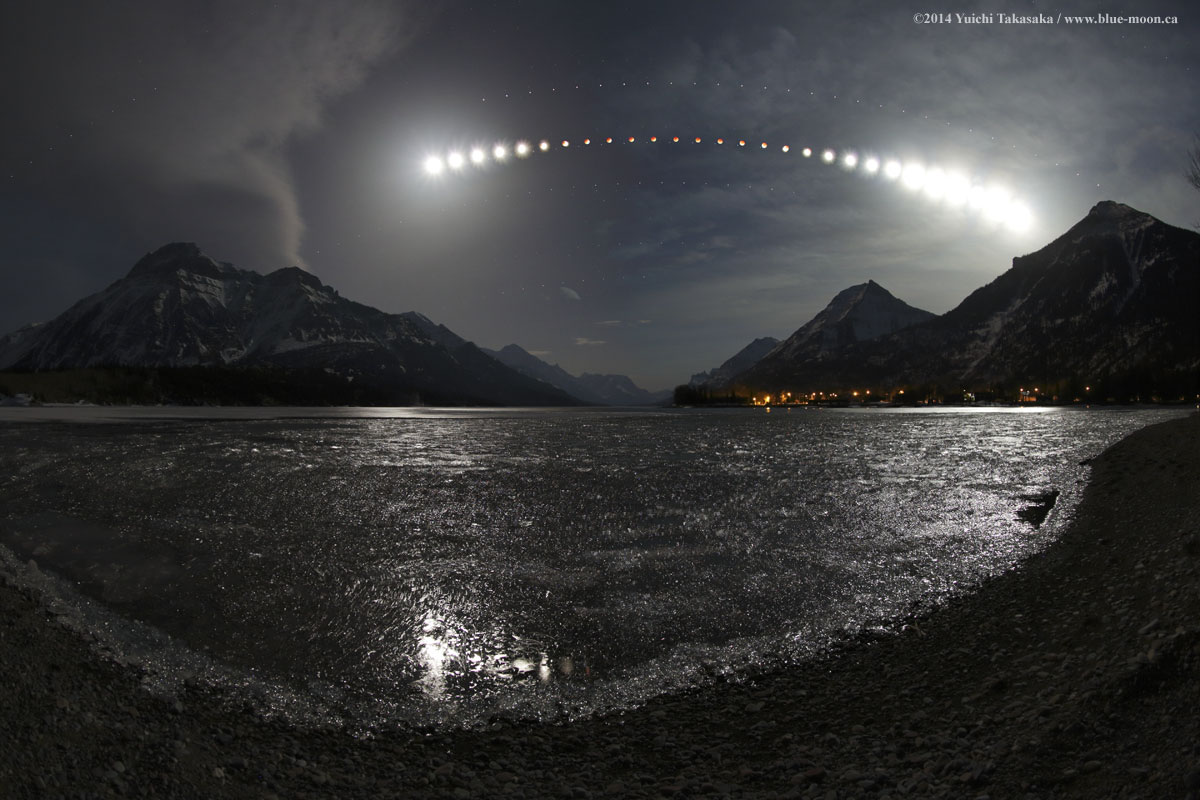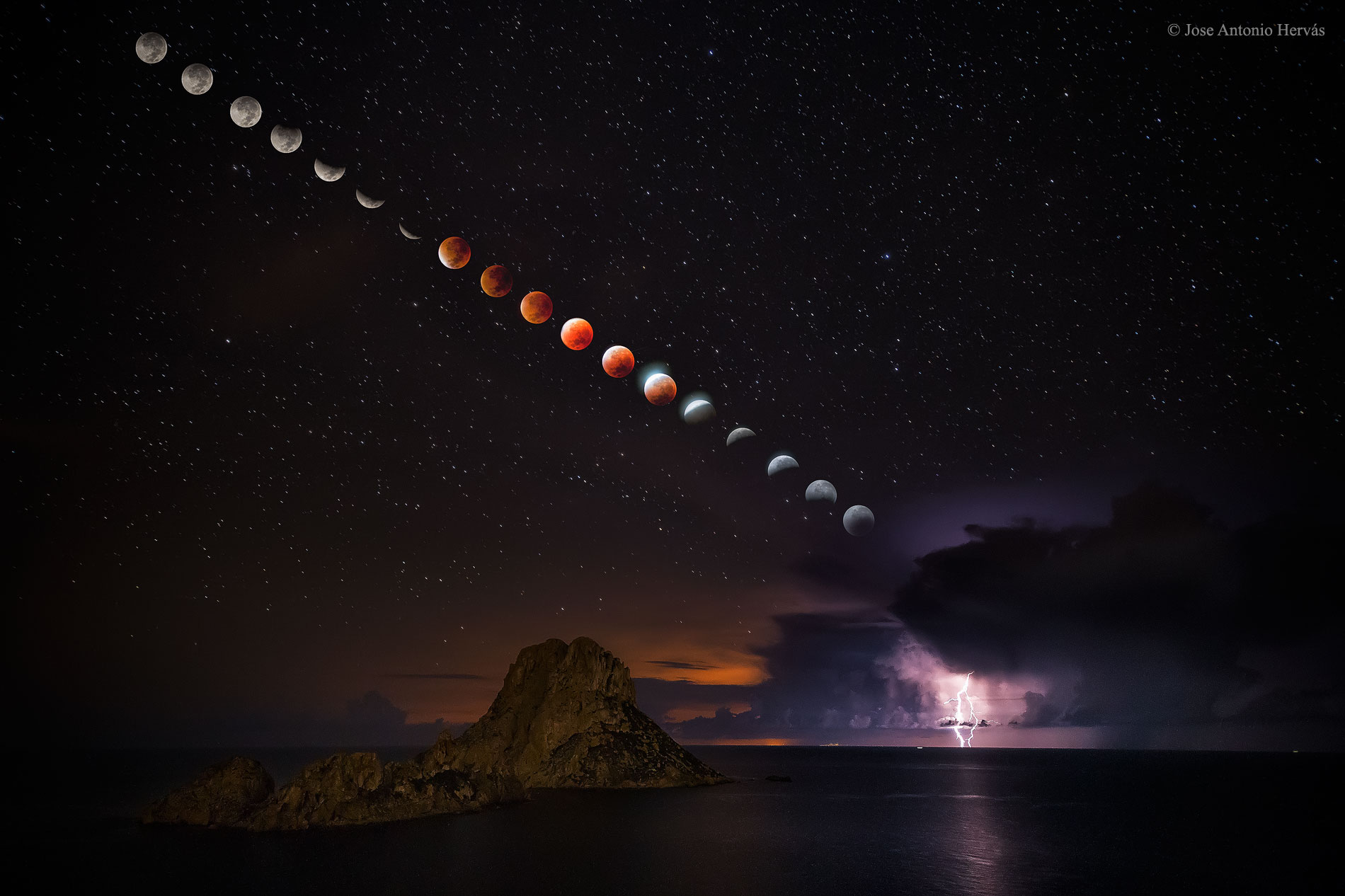
The super moon phenomenon occurs when the moon is full at its perigee, that is, the closest part of its orbit around Earth, meaning it appears larger in the sky. This past weekend, the moon also happened to be a so-called “blood moon”, as a total lunar eclipse occurred at the same time.
Since the direct sunlight is blocked when the Earth eclipses a full Moon, but the sun’s rays still light up the moon, this light traveling through the Earth’s atmosphere causes the totally eclipsed Moon to look red or brownish, hence the name “Blood Moon”.

A supermoon lunar eclipse is a very rare event, watch this animated feature by NASA to learn more.











![OpenAI. (2025). ChatGPT [Large language model]. https://chatgpt.com](https://www.illustratedcuriosity.com/files/media/55136/b1b0b614-5b72-486c-901d-ff244549d67a-350x260.webp)
![OpenAI. (2025). ChatGPT [Large language model]. https://chatgpt.com](https://www.illustratedcuriosity.com/files/media/55124/79bc18fa-f616-4951-856f-cc724ad5d497-350x260.webp)
![OpenAI. (2025). ChatGPT [Large language model]. https://chatgpt.com](https://www.illustratedcuriosity.com/files/media/55099/2638a982-b4de-4913-8a1c-1479df352bf3-350x260.webp)








